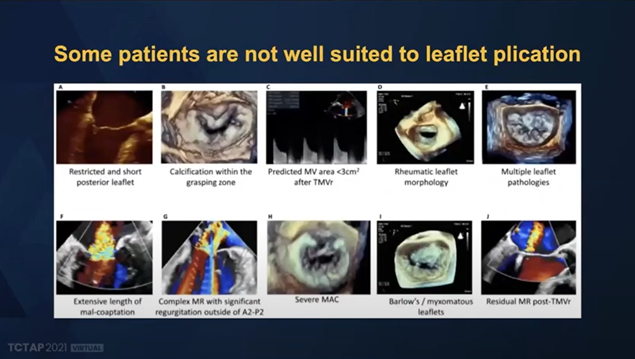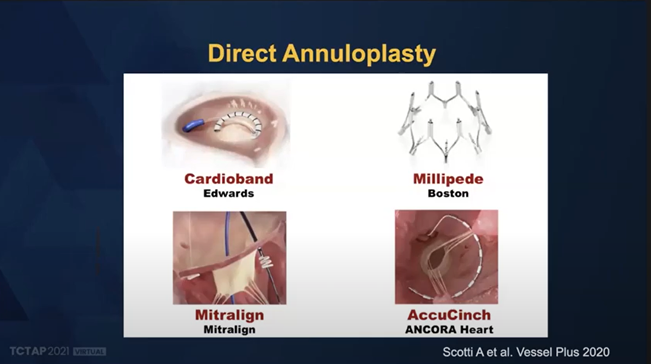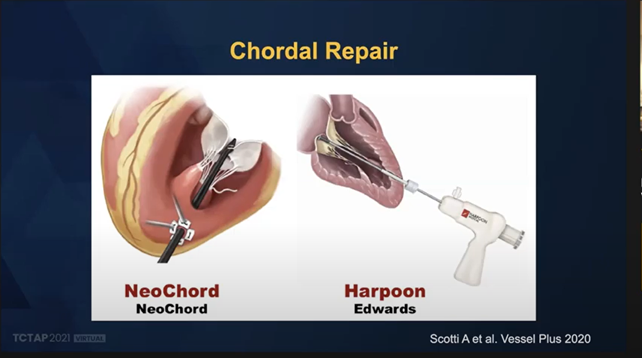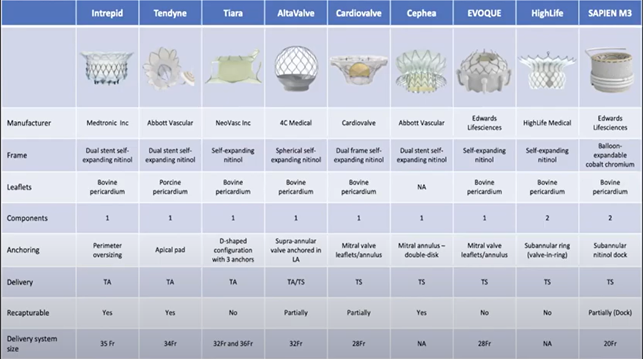The incidence of mitral regurgitation (MR) in Western countries and in individuals above 75 years of age is almost 1.7 percent and 10 percent, respectively, and surgery is currently the gold standard for treatment of severe MR, despite the adoption of minimally invasive techniques.
The presence of severe comorbidities, however, precludes surgical treatment in up to 50 percent of patients with severe MR [Testa et al, The Journal of Thoracic and Cardiovascular Surgery 2019;2:319-327.].
Transcatheter mitral valve repair by means of leaflet plication may be an alternative therapeutic option, as proven by the encouraging results of the edge-to-edge technique with the MitraClip system (Abbott Vascular Inc, Menlo Park, Calif) in the COAPT trial [Stone G et al NEJM 2018].

The recent introduction of the PASCAL technology (Edwards) has increased treatment options for patients with suitable anatomy. However, there are still many situations where the plication can be unsuccessful or even contraindicated for high risk of leaflet tearing:

An alternative treatment is based on the “direct annuloplasty” of the mitral annulus, and several devices have been introduced, although none of them are applicable to a wide range of patients and are instead typically oriented to patients with left ventricular dysfunction and/or left ventricular remodelling.

Another alternative to leaflet plication is the “chordal repair”, which could be effective in highly selective patients.

Several transcatheter mitral valve replacement (TMVR) devices have also been developed, each with specific pros and cons, and some under investigation:

Future direction hints towards a transeptal approach to deliver a mitral valve device that could be recaptured and repositioned if the result is unsatisfactory.
It is important to consider the inherent risk of LVOT obstruction in all these technologies. However, currently only about 300 patients have been treated by means of transcatheter mitral valve replacement, and there is a strong need for more evidence.
In conclusion, for good surgical candidates, surgery will remain as the gold standard, regardless of the aetiology of the MR. For poor surgical candidates, leaflet plication is currently the first line therapeutic approach. However, direct annuloplasty and transcatheter mitral valve replacement are currently under evaluation, and future direction is clearly heading towards an individualized approach that weighs the pros and cons of all the available options.
In the context of individualized choices for patients at high surgical risk and within the framework of a larger tool box, transcatheter mitral valve replacement seems to be the most effective, reproducible, and repeatable therapy.
Edited by

Luca Testa, MD
IRCCS San Donato Hospital, Italy


